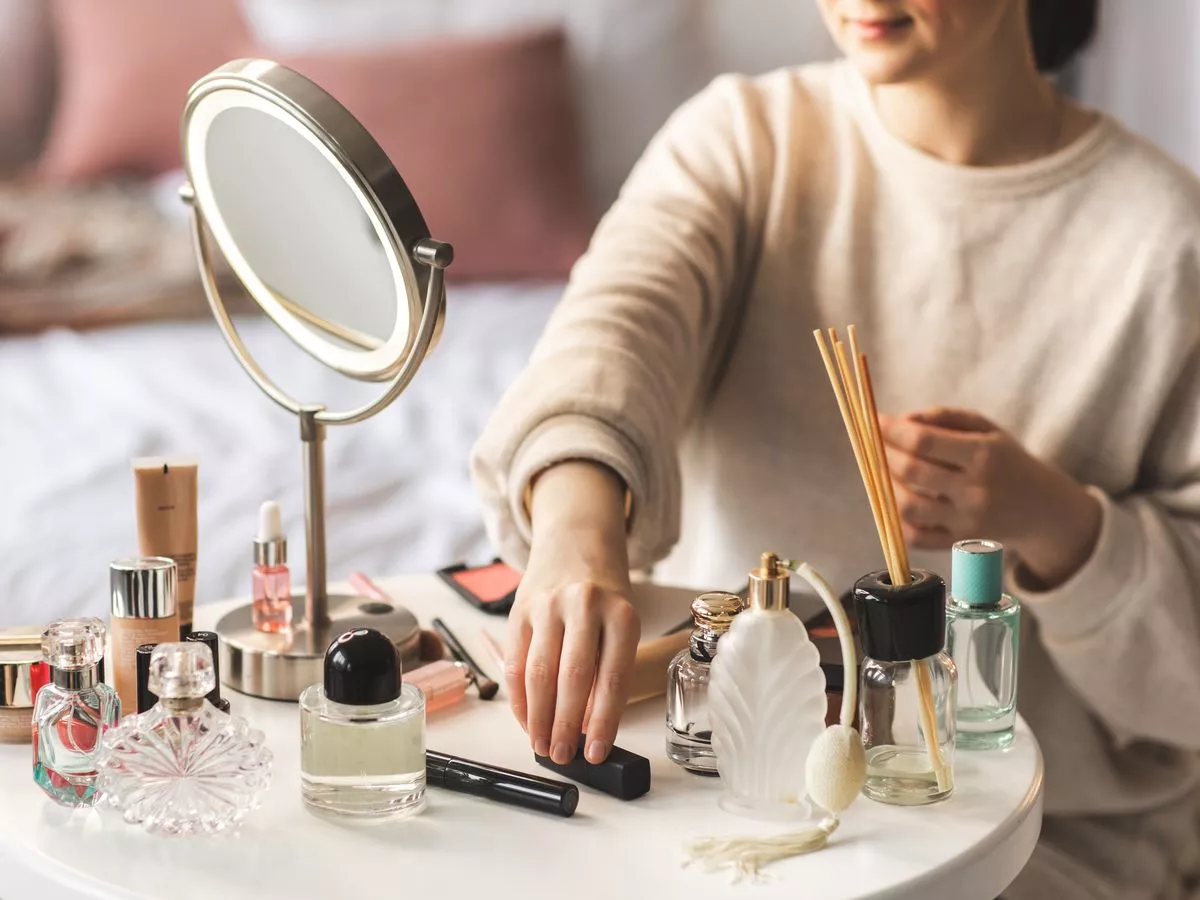Copyright news18

Most people don’t think twice about their pillowcase but this humble piece of fabric plays a major role in your skin health, sleep quality, and overall hygiene. (Image: Canva) Experts recommend changing your pillowcase every 2 to 3 days, especially if you have sensitive or acne-prone skin. At the very least, it should be swapped out once a week. (Image: Canva) Your pillowcase is a magnet for everything your face and hair carry throughout the day. Here’s what builds up in just a few nights. (Image: Canva) Dead skin cells: You shed millions every night.– Natural oils and sweat: These seep into the fabric and create a breeding ground for bacteria.– Makeup residue: Even after cleansing, traces can linger.– Dust mites: These microscopic creatures feed on skin flakes and thrive in bedding.– Bacteria and fungi: Studies show pillowcases can harbor more bacteria than a toilet seat after a week. (Image: Canva) A 2018 study found that pillowcases left unwashed for a week had over 17,000 times more bacteria than a toilet seat. Dermatologists say dirty pillowcases are a top trigger for acne flare-ups, especially on the cheeks and jawline. Dust mites can produce up to 20 droppings a day, which can trigger allergies and asthma. (Image: Canva) Who Should Change Pillowcases More Often?– People with acne or sensitive skin: To prevent clogged pores and irritation.– Those who sweat heavily or sleep hot: Moisture accelerates bacterial growth.– Pet owners: Fur and dander can transfer allergens and germs.– Makeup wearers: Residue builds up even after cleansing.– Anyone with allergies or asthma: Clean bedding reduces exposure to triggers. (Image: Canva) Tips for Cleaner Sleep– Rotate pillowcases: Keep 3-4 on hand so you can change them midweek.– Use breathable fabrics: Cotton, bamboo, and silk are gentle on skin and reduce moisture buildup.– Wash in hot water: This kills bacteria, dust mites, and allergens.– Skip fabric softeners: They can leave residue that irritates skin.– Consider a pillow protector: It adds an extra layer of defense and extends the life of your pillow. (Image: Canva)



